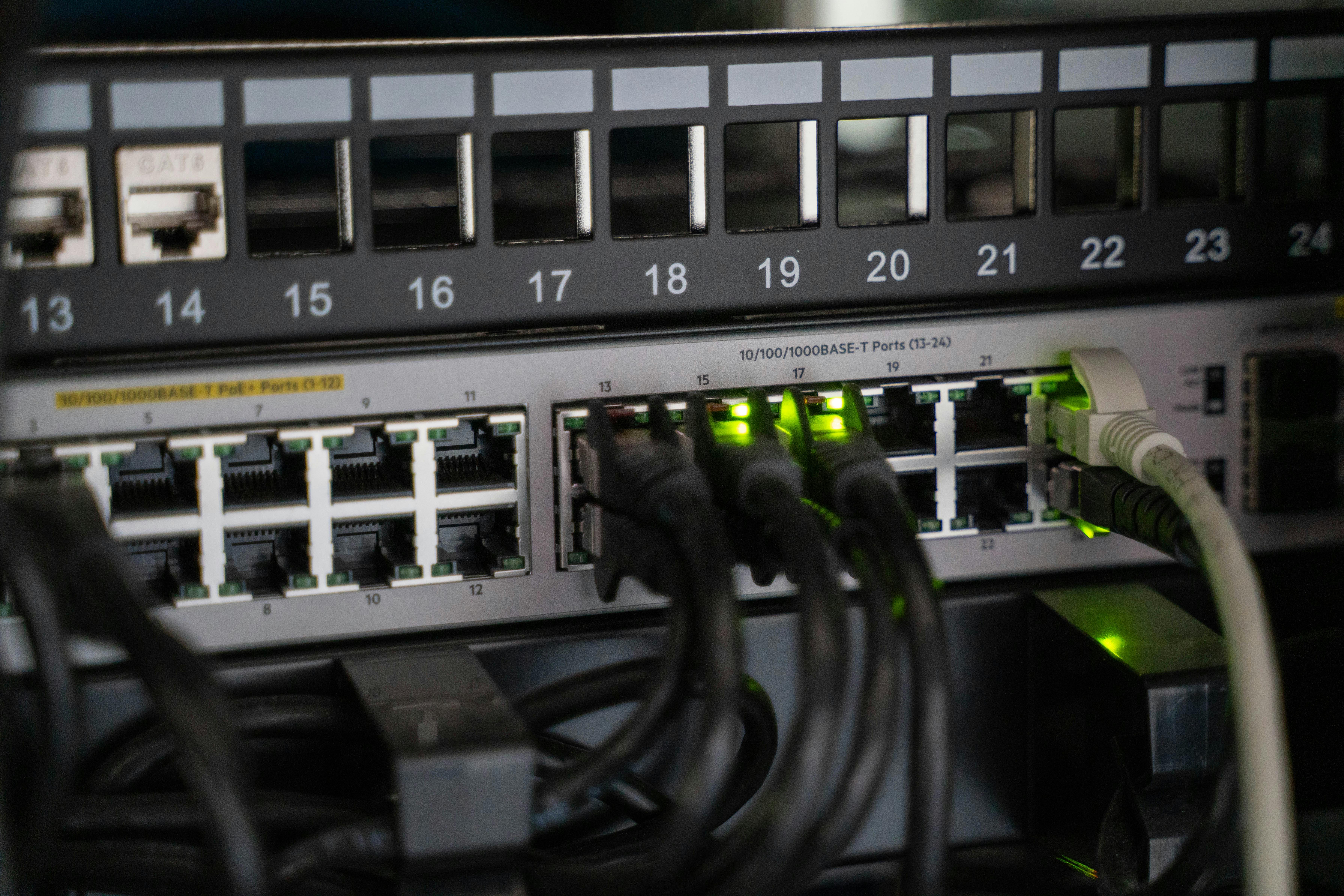
If you’re running manufacturing on SAP, you know integrating EDI with your ERP can turn into a maze of protocols, mapping, inbox fees, and endless project plans. But when you streamline SAP EDI integration the right way, you gain speed and stability across your supply chain, while avoiding costly surprises and fire drills with your trading partners.
Time spent troubleshooting EDI errors is time away from operational improvements. A solid integration between SAP and EDI lets your business move faster, reduces manual intervention, and ensures you don’t end up with inventory black holes, chargebacks, or compliance headaches. When your EDI runs smoothly, you empower every part of the business—from the factory floor to the finance office—to operate with confidence.

If you’re only dealing with a handful of steady trading partners, direct integrations (point-to-point) between SAP and each partner can offer total control and the fastest speeds. However, as your business grows, each new connection can start to feel like its own custom project. Maintenance demands skyrocket and scaling becomes tough.
Most larger manufacturers (and those with diverse customer requirements) turn to middleware—sometimes built right into SAP (like SAP PI/PO or Cloud Platform Integration)—or use an EDI VAN. VANs can act as a central hub, cleaning up message flows, normalizing protocols, and providing a central point for support and monitoring. You know what a headache it is when you’re forced to count mailboxes, transaction volume, or special map requests. At BOLD VAN, you don’t face those nickel-and-dime fees, so scaling up doesn’t lead to an invoice shock.
SAP Cloud Integration (CPI) and API-driven connectors have made it easier than ever for you to build seamless, real-time integrations—especially if you’re on SAP S/4HANA or looking for flexibility to program custom partner flows. These approaches support the move to real-time alerts and much richer dashboarding for your team.
Avoid protocol sprawl by choosing options that let you connect securely, reliably, and in a way that your partners expect. Here’s how to evaluate:
If you need to meet partner security or compliance requirements, stick with AS2 for classic EDI. You can complement this with APIs for dashboarding and workflow triggers, e.g., getting a real-time shipment status into SAP or synchronizing stock levels with a web store.
APIs let you break out of the batch data cycle that’s typical in EDI. For example, you can push exceptions or status updates instantly rather than waiting for the next VDA or X12 document to process overnight.
You know firsthand that every integration project eventually has data quality at its core. Bad data means failed 856s, mismatched invoices, costly chargebacks, and endless debugging across IT and business users alike.
EDI veterans, you already know some providers still struggle here. That’s why it’s key to pick a solution with strong, automated error handling, long-term data archives (many industries need 7 years for compliance), and full message histories for audits and troubleshooting.

Migrating EDI processes—especially with SAP in the mix—can seem intimidating. You’ve got live transactions, complex maps, and partners who are quick to escalate if anything doesn’t work as expected. Here are proven tactics to help you minimize risk:
With the right process and partners, you can often migrate within days—not months—while keeping a reliable rollback in your back pocket just in case.
If you’ve implemented or managed EDI for more than a few years, you know the pain of opaque billing. Think mailbox charges, per-message fees, ‘special maps,’ or oddball onboarding costs that seem to come out of nowhere. When you choose a provider that’s fully transparent—unlimited partners, unlimited documents, and all trading partner pricing right out in the open—you get predictability. That’s what you need for budgeting, project planning, and executive buy-in.

You can’t afford mistakes when it comes to securing partner data and regulatory compliance. Make sure your SAP EDI solution supports:
BOLD VAN delivers on each of these, so you can face audits and customer reviews with confidence.
You want to stop wrestling with error codes and focus on growing your business. The best SAP EDI integration is one that quietly just works—no surprise billings, no lost weekends, and no firefighting when shipment volumes spike or product lines expand.
If you’re ready to learn more about how BOLD VAN makes SAP EDI straightforward and predictable, explore our SAP EDI integration services or schedule a free demo. You can even upload your current bill for a guaranteed price beat, and see what transparent EDI really feels like.

Amazon EDI fees causing heartburn? Learn how to dodge hidden mailbox fees, per-message penalties, and data rounding charges. Discover a predictable pricing model that eliminates surprise bills and scales with your Amazon volume.

Is "AI-powered EDI" saving you money? Find out what truly drives ROI. Before investing in automation, audit your VAN for hidden mailbox and message fees, because transparency and speed matter more than buzzwords.

EDI veterans: Transform your EDI from a cost center to a value driver. A year-end health check helps you fix lurking errors, boost first-pass acceptance, ensure compliance, and secure your supply chain for the new year.